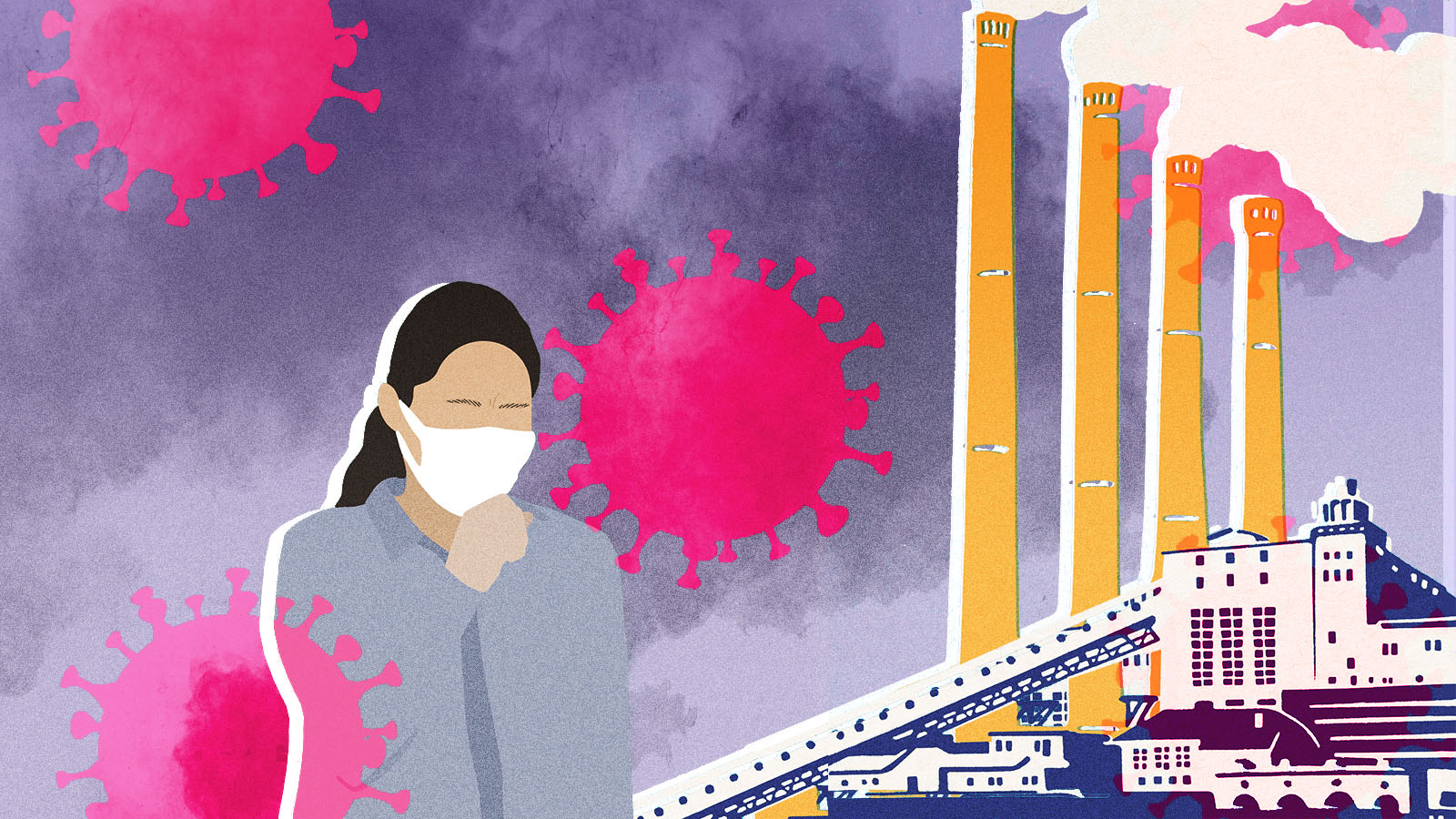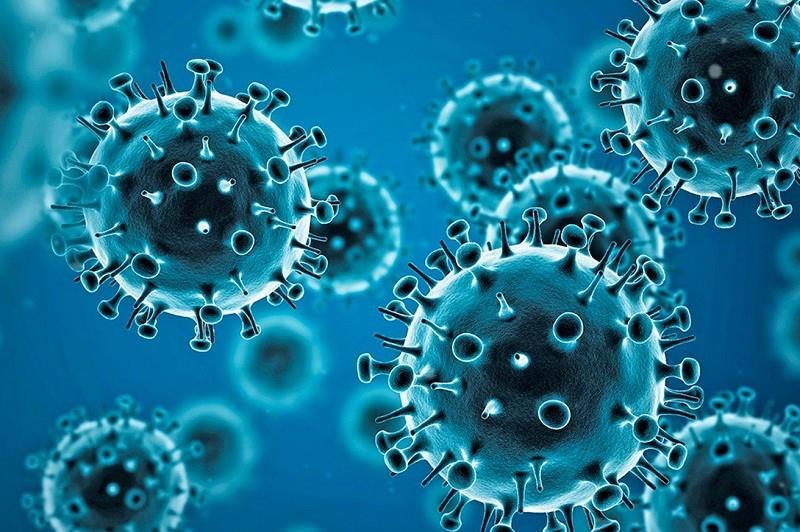Along with the protection that PPE’s offer society comes the issue of increased biohazardous and hazardous waste. Recycling disposable masks and cloth masks can help avoid PPE pollution. And proper recycling of the little hand sanitizer bottles is important to ensure that they don’t end up in the ocean. In this article we will discuss the environmental cost of our nation getting sick.

Biohazardous Waste
About 15% of all hospital waste is considered to be infectious, radioactive, or toxic. RMW (Regulated medical waste) includes sharps needles, biohazards (infectious matter) and radioactive waste. Hospitals generate on average about one pound of biohazardous waste per patient each and every day. Disposing of RMW can cost up to ten times more than getting rid of standard recyclable waste.
Disposable PPE Masks
Consider how many masks you have gone through since COVID. Now imagine how many masks and gloves doctors offices go through each and every day. It’s estimated that one single ICU worker will use at least ten simple masks per day. They change gloves with each patient, and generate about 340 gloves daily. During normal years before COVID, hospitals were using approximately 5,000 to 6,600 N95 masks per year. They now use ten times that number.
Hospital Waste
There certainly is much more to hospital waste than just PPE. Other types of hospital waste include things like waste from meals, drinks, and more. Just the waste which is generated from one injection includes single-use swabs for each injection, medication packaging, single-use plastic syringes, the needle and the band aid. Sterile medical packaging requires extra layers of packaging, which is mostly comprised of unrecyclable plastic. The needle is biohazardous and must be disposed inside of a legal plastic sharps container. Medical sharps waste pickup must be handled by a medical waste management company. The container must first be sterilized and is then forwarded to a landfill or incinerator for proper disposal. None of these materials can be recycled. Health care facilities can generate up to an unbelievable 25 pounds of waste per day per patient. This adds up to almost 7,000 tons of waste per day across the USA.
Dangerous Disposal
Proper disposal of RMW (regular medical waste) and other general hazardous wastes, is not as straightforward as it sounds. Untreated wastes being dumped into the landfill increases the risk of contaminated surface, drinking and groundwater. But treating medical waste requires the use of chemical disinfectants that can also be considered as an environmental risk. Incineration prevents the release of the negative materials of medical wastes into the environment, however there can still be issues with this method. Recycling medical waste has been increasing in utilization, but still is not a widely adopted practice. Also, sterilization of medical waste is a process that requires a large amount of energy and water.
Be Healthy for You and The Environment
There are a lot of ways that hospitals and medical offices can reduce waste. Approximately half of hospital waste consists of recyclable paper products. Hospitals can establish recycling programs and protocols for safe separation of wastes, just as all other businesses in the country. But there is not much a patient can do to help hospitals and doctors with safe and efficient disposal of RMW. But, staying healthy for yourself, your family and the environment can make a difference if we all do our best.

